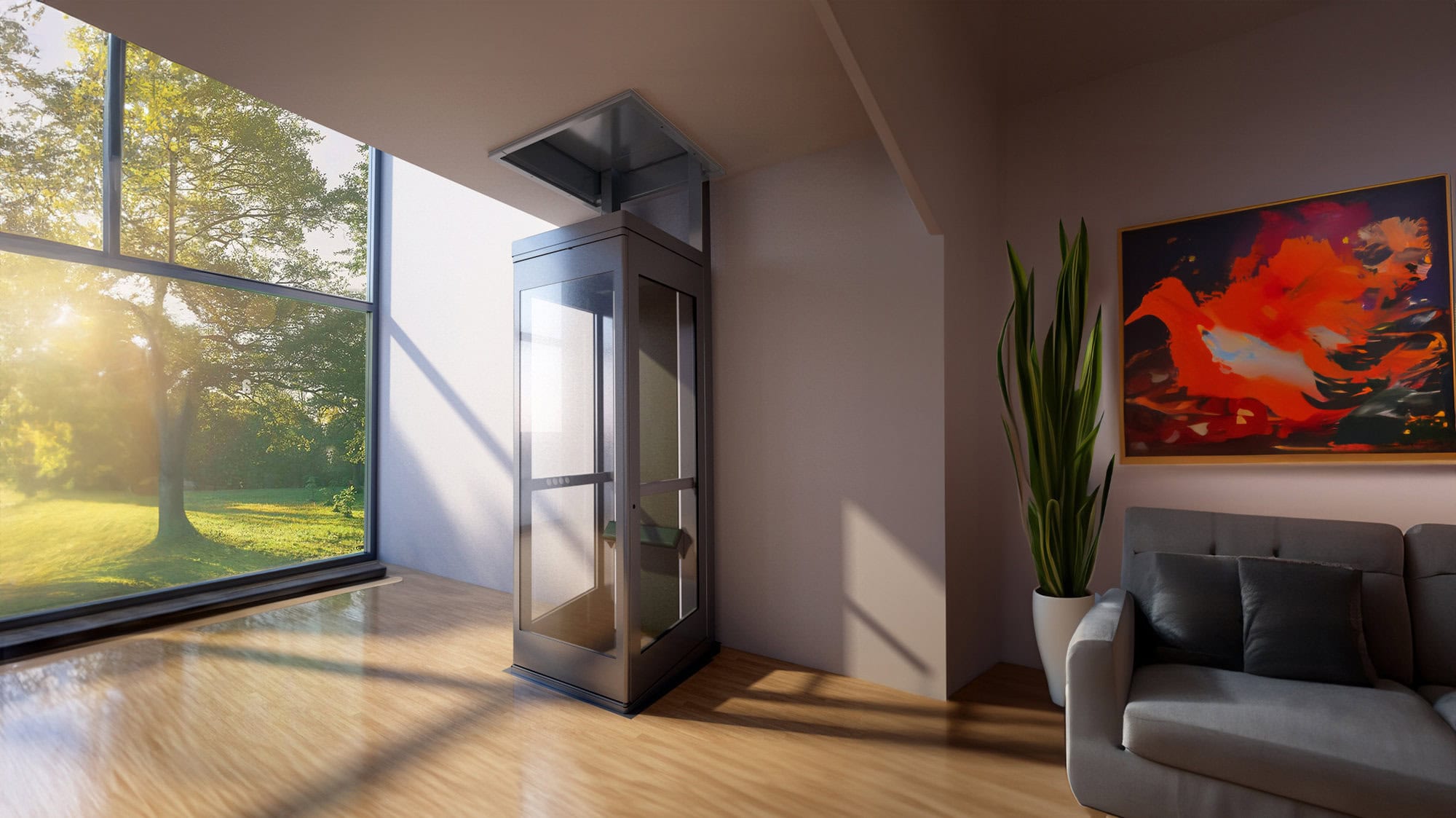Leading Lift Companies in London: Providing Exceptional Solution and Support
Wiki Article
Digging Into the Globe of Elevators: Common Concerns Faced by Various Lift Mechanisms
As we navigate with the vertical transportation systems of modern-day buildings, elevators stand out as an essential element of our daily lives. From hydraulic elevators to grip systems and machine-room-less designs, each lift type comes with its set of usual problems.Hydraulic Elevators
Hydraulic lifts, frequently preferred for low-rise structures, make use of fluid stress to manage the movement of the elevator auto (lift repair companies). This mechanism entails a hydraulic pump pushing oil into a cyndrical tube, creating the lift to move in the wanted direction. While hydraulic lifts are understood for their peaceful and smooth operation, they do come with their very own set of common concernsOne widespread issue with hydraulic lifts is oil leakage. Furthermore, concerns with the control system, such as faulty shutoffs or a malfunctioning pump, can trigger disruptions in the lift's motion.
Normal maintenance and prompt repairs are necessary to make certain the smooth performance of hydraulic lifts. By resolving these typical issues proactively, structure owners can decrease downtime and make sure the safety and security and performance of their upright transportation system.
Grip Lifts
When considering vertical transport systems in structures, another common kind besides hydraulic lifts is the traction lift. Grip lifts operate using a system of ropes and weights that relocate the elevator auto by clutching onto the hoist ropes. This mechanism permits for smoother and faster vertical transport contrasted to hydraulic systems.One of the typical concerns encountered by grip elevators is rope wear. The consistent movement of the ropes within the traction system can result in damage gradually, potentially causing the lift to breakdown or become harmful for usage. Normal inspections and maintenance of the ropes are vital to make sure the lift's appropriate performance and safety and security.
One more concern that traction lifts might run into is connected to the control system. Issues with the control system can lead to problems such as irregular activity, hold-ups in response times, or even full shutdowns. Routine testing and maintenance of the control system are essential to stop such problems and guarantee the elevator's reliability.
Machine-Room-Less (MRL) Elevators

Among the crucial elements of MRL lifts is the portable gearless grip maker that is set up within the hoistway. This maker effectively drives the elevator auto without the requirement for cumbersome tools discovered in conventional grip lifts. Additionally, MRL lifts normally utilize a weight system to stabilize the vehicle, more boosting their energy effectiveness.
In spite of their advantages, MRL lifts may encounter difficulties connected to repair and maintenance due to the confined area for devices installation. Access for servicing parts within the shaft can be restricted, calling for specialized training for service technicians. Proper upkeep routines and regular examinations are vital to ensure the ongoing smooth procedure of MRL lifts.
Overloading and Weight Limitation Issues
Are lifts furnished to take care of excess weight tons effectively and safely? Straining and weight limit problems are crucial worries in lift operations. Lift suppliers design lifts with certain weight capabilities to make certain traveler safety and security and devices durability. Surpassing these weight restrictions can bring about various problems, including mechanical failures, hold-ups, and security hazards.When lifts are overloaded, it places too much stress on the motor, cords, and various other parts, possibly causing malfunctions or malfunctions. If they discover excess weight, safety and security systems such as sensing units and overload sensors are in area to stop elevators from relocating. Additionally, going beyond weight restrictions can bring about increased energy consumption and deterioration on the lift system.
To minimize straining concerns, building supervisors must plainly show weight restrictions in elevators and inform residents on the relevance of sticking to these restrictions - lift repair companies. Routine maintenance checks by certified specialists can also aid guarantee that lifts are running within safe weight criteria. By resolving overloading and weight limit concerns proactively, structure proprietors can improve lift safety and security and effectiveness
Electric System Failings
Exceeding weight restrictions in elevators can not only cause mechanical problems yet also possibly contribute to electric system failings within the lift facilities. Electric system failings are an important worry in elevator operation, as they can create unexpected shutdowns, malfunctions, and even safety and security dangers. One common electric problem is the getting too hot of elements as a result of too much present flow triggered by straining the elevator past its capacity. This can cause damage to the important link control, electrical wiring, or motor systems, leading to expensive repair work and downtime.Moreover, power rises or fluctuations in the electrical supply can additionally interfere with the elevator's operation, impacting its efficiency and safety. These electric disturbances can harm delicate lift components such as control board, circuit boards, or sensing units, leading to system failures. Regular maintenance and evaluations are important to determine and attend to potential electrical problems quickly, ensuring the secure and effective procedure of elevator systems. By adhering to weight restrictions and performing regular electric system checks, building proprietors can reduce the risk of electrical failings in lifts.
Final Thought

Hydraulic elevators, typically preferred for low-rise structures, make use of fluid pressure to manage the motion of the elevator cars and truck.When thinking about vertical transportation systems in buildings, another usual kind aside from hydraulic lifts is the grip elevator. Traction elevators run utilizing a system of ropes and counterweights that relocate the lift vehicle by clutching onto the hoist ropes. Unlike standard lifts that need a different machine area to house the tools, MRL lifts incorporate most of the elements within the shaft, eliminating the find out here now requirement for a devoted device space.In conclusion, elevators encounter common issues such as hydraulic malfunctions, traction system failings, and electric system problems.
Report this wiki page